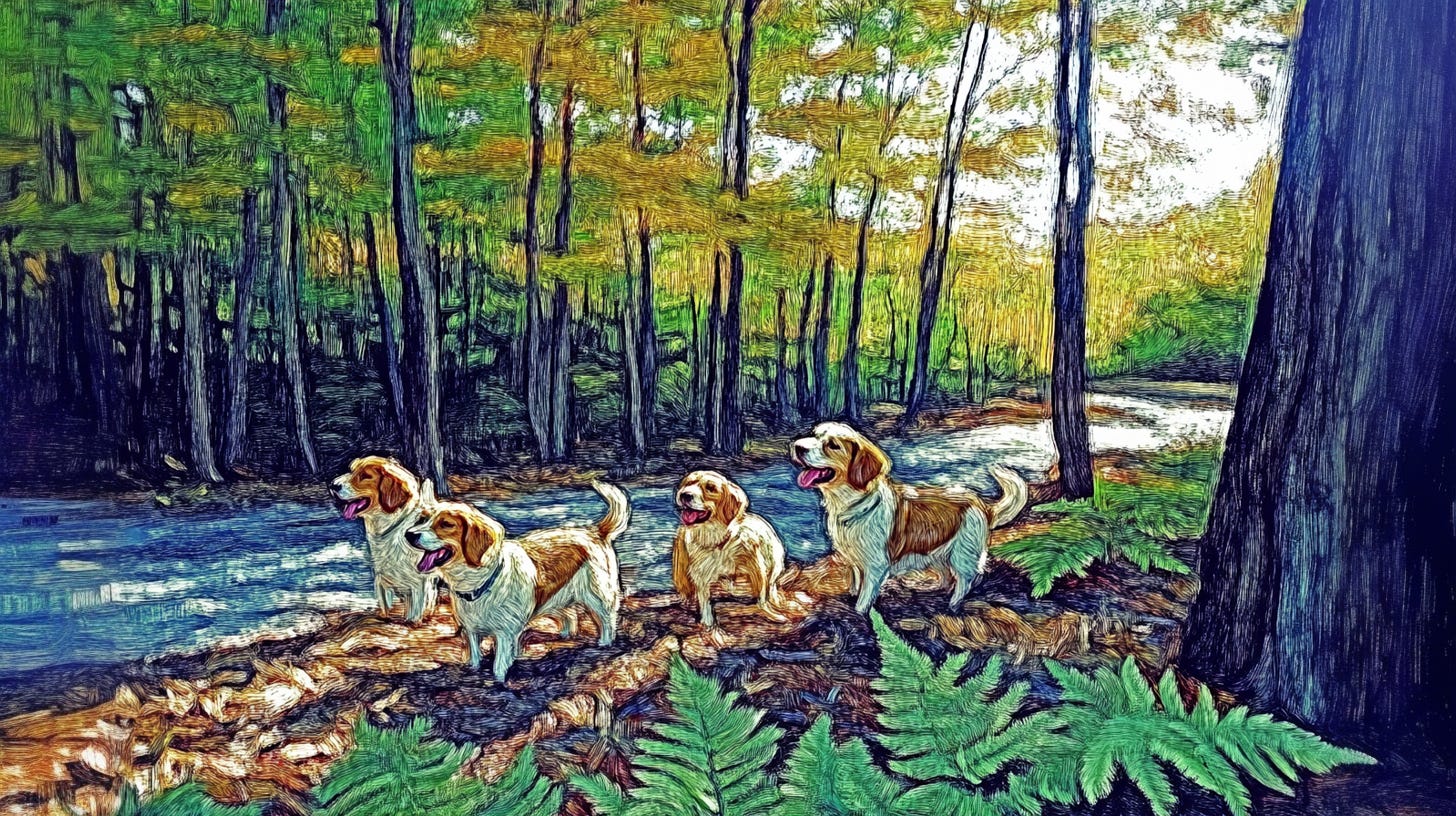The hidden dangers of feeding deer
Protecting Our Neighbors, Pets, Properties, and Natural Ecosystem
Chautauqua resident Deb Simpson authored this Perspective, with contributions from Sylvia Cueto. This message is brought to you by the Chautauqua BOM’s Communication, Culture, and Community Committee. (Views expressed do not necessarily reflect the views of the entire BOM.)
Feeding deer may seem like a kind act. However, it poses significant risks to the health of your neighbors, pets, the Mount Gretna ecosystem, and ultimately, even to the deer themselves. Let’s explore why it's better for everyone, including the deer, if we let them forage naturally.
Feeding Deer Puts Neighbors at Risk
Pennsylvania leads the nation in Lyme disease cases, and Central Pennsylvania is a hotspot. Warmer, wetter conditions due to climate change have made it easier for ticks, particularly black-legged ticks (also known as deer ticks), to thrive. When deer are fed in residential areas, it brings these ticks closer to homes, increasing the chances of bites for humans and pets.
Deer serve as essential hosts for adult ticks, which need large mammals to reproduce. When deer are drawn to feeding spots, they deposit ticks in these areas, raising the likelihood of tick bites. Lyme disease, which is on the rise in Mount Gretna Borough, can lead to serious health issues in humans, including fever, joint pain, neurological disorders, and heart complications.
Helpful resources
Lyme Disease Foundation
CDC: Lyme Disease: What you need to know
CDC: The correct way to remove a tick
PA Dept of Health: Report on Lyme and other tick-borne diseases
PennState Extension: Lyme disease
PA Game Commission: Please don’t feed wildlife
Feeding Deer Puts Pets at Risk
Mount Gretnans love their pets, and even indoor pets are at risk when ticks are brought into the home. Dogs, in particular, can suffer from Lyme disease, resulting in fever, lethargy, and kidney damage. While Lyme disease is rare in cats, they can still contract it and may show symptoms such as lethargy and lack of appetite. Cats and dogs alike can carry ticks into the home, putting everyone at risk of exposure. In addition to Lyme disease, other tick-borne illnesses like anaplasmosis and babesiosis pose further danger to both humans and pets.
Feeding Deer Puts Properties at Risk
Feeding deer encourages them to enter the Chautauqua and other Mount Gretna neighborhoods, where they often cause damage by eating plants, shrubs, and trees—destroying gardens and landscaping in which residents have invested time and resources. Moreover, increased deer presence in residential areas also heightens the risk of vehicle collisions, endangering property and lives.
Feeding Deer Puts the Local Ecosystem at Risk
The issue of deer overpopulation has a profound effect on the natural environment. When deer are concentrated in specific areas due to feeding, they overbrowse native plants, shrubs, and young trees. This overbrowsing disrupts the natural balance, leading to reduced biodiversity, soil erosion, and increased flooding. Native plants that help stabilize soil are depleted, leading to habitat loss for other wildlife and an increase in invasive species, which further damages the local ecosystem.
Feeding Deer Is Ultimately Bad for the Deer
Deer are well-adapted to forage naturally. Their diets change with the seasons, and their digestive systems adapt accordingly. Introducing unnatural food (e.g., apples, corn) can disrupt this balance, causing malnutrition or even fatal conditions like rumen acidosis, a painful and potentially deadly digestive disorder. Additionally, feeding deer in large groups increases the risk of disease transmission, including Chronic Wasting Disease (CWD) and respiratory infections, which can weaken local deer populations and harm other wildlife.
In Conclusion: A Shared Sense of Stewardship
The request to avoid feeding the deer comes from a sense of shared stewardship—for our neighbors, our pets, our environment, and the deer themselves. Letting deer forage naturally is the most responsible way to care for them and protect the delicate balance of our local ecosystem.





